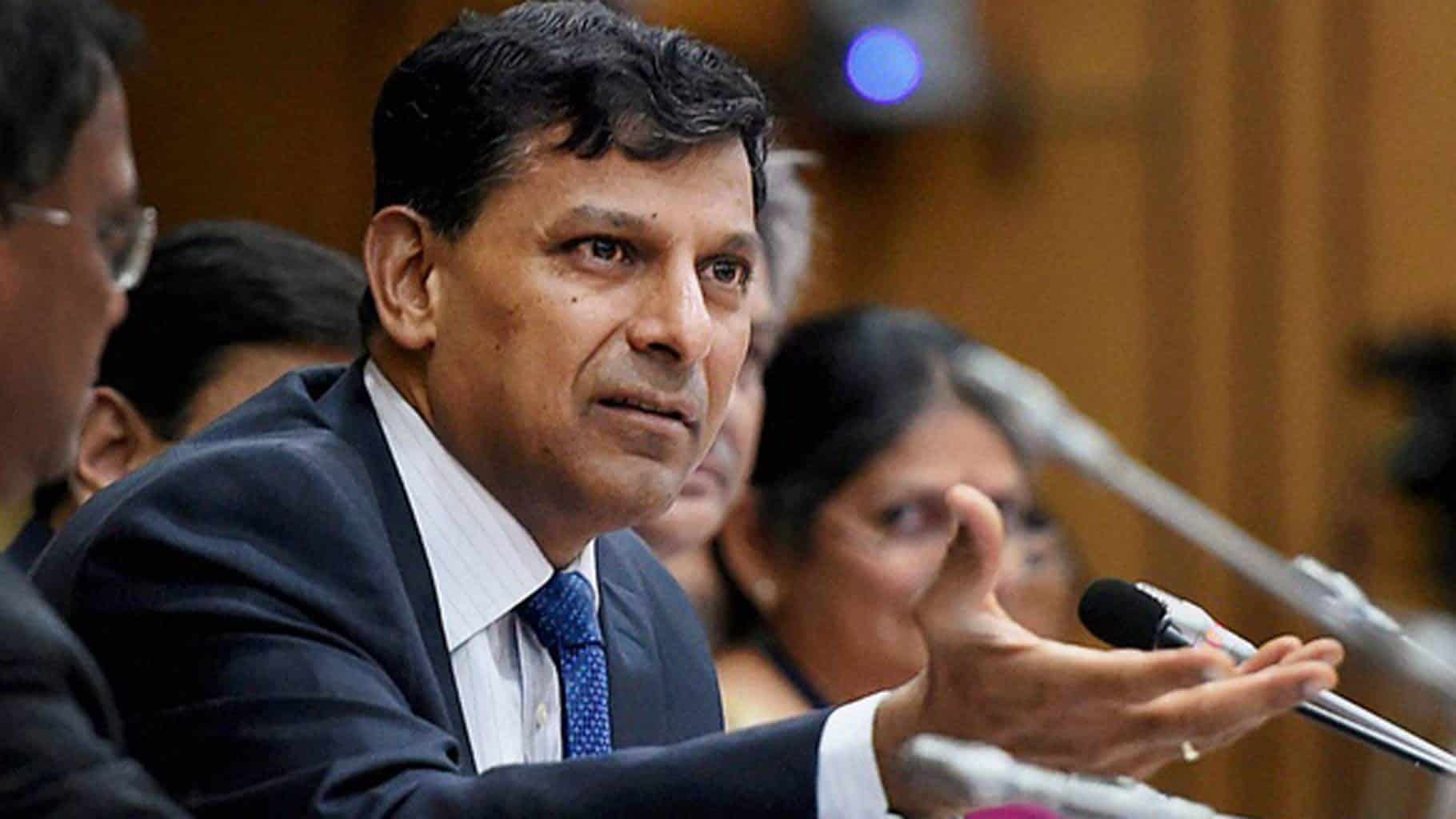Banking
Banking sector in India needs a holistic approach to become more competitive
India’s banking system has among the highest gross non-performing assets (GNPA) to total assets ratio globally, amassed mostly from loans to large industrial firms in brick and mortar sectors such as infrastructure, power and steel among others.
Former RBI Governor Raghuram Rajan and Professor Viral Acharya in a joint paper have stated that the GNPA ratio stood at 8.5 per cent even pre-COVID for the banking sector as a whole, 11.3 per cent for public sector banks (PSBs) and 4.2 per cent for private sector banks; the Reserve Bank of India’s Financial Stability Report estimates the post-COVID stress scenario to result in an aggregate GNPA ratio in the range of 12.5-14.7 per cent, with some analysts even suggesting that it could be higher.
The paper observes that recoveries from defaulted loans are meager. Bank loan recoveries have historically been as low as 25-30 per cent, having improved somewhat in recent resolutions under the Insolvency and Bankrupty Code (IBC) to 40-45 per cent. They remain way short of the global average and low even compared to several other emerging markets.
It says there is no escaping the hard task of making India’s banking sector robust in terms of improved standards for loan underwriting, monitoring and recovery, along with a better capacity to manage risks. Increasing the loss-absorption capacity in the form of greater bank capital is desirable but will not be sufficient in itself. The paper highlighted that since 2010, about Rs 4 trillion has been injected to recapitalize public sector banks. As India has evolved from a mostly nationalized and bank-dominated economy to a more decentralized and market-finance economy, both these bargains have come under pressure – from development and competition, as well as the strained fiscal resources of the government. The paper highlights that investment needs of the economy, especially long-term investment in areas like infrastructure, have multiplied.
With the government’s uneven past record in undertaking such investments, private entrepreneurs have taken them up. To create space for financing these investments, the government has been forced to pre-empt less of the banking systems’ assets. But private investment is risky and banks have to more careful on both upfront project evaluation and monitoring over the course of the project.








































